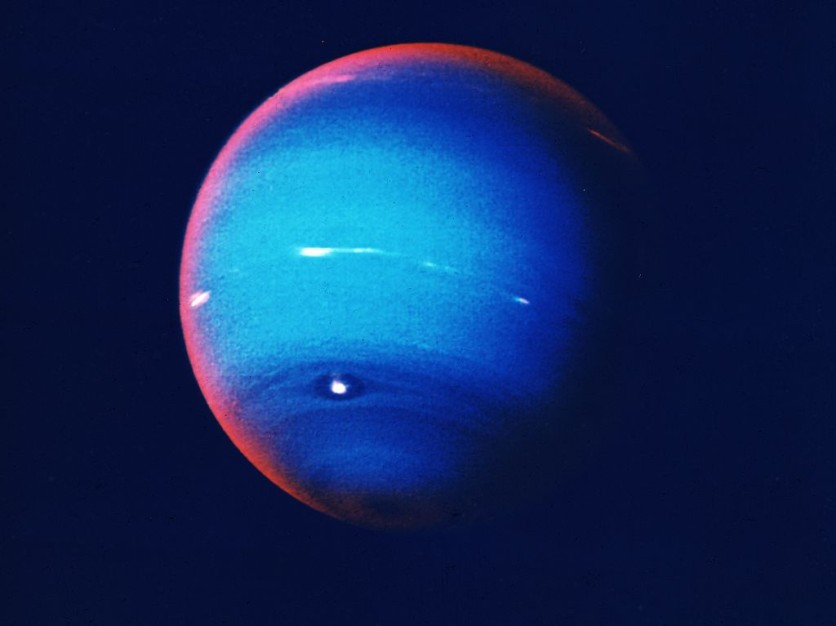Neptune and Uranus are two planets in our solar system that share several similarities, especially their colors. However, both planets don't exactly have the same shade of blue, and scientists finally discovered the reason behind this.

Uranus is a bit less blue than Neptune, and an international team of researchers investigated this.
A Groundbreaking Model
The researchers found that the atmospheres of these giant planets play a significant role in this. Using the Hubble Space Telescope, the NASA Infrared Telescope Facility, and the Gemini North telescope, the researchers modeled the atmospheres of these two planets with three layers of aerosols at different heights.
Also, new observations from the Gemini North telescope that is located near the summit of Mauna Kea in Hawaii were paired with archival telescope data. The team then analyzed three layers of aerosols at different heights on the two planets.
University of Oxford's professor and the one leading the study, Patrick Irwin said, "This is the first model to simultaneously fit observations of reflected sunlight from ultraviolet to near-infrared wavelengths."
These planets feature atmospheres that consist of helium, hydrogen, and methane. The methane ice condenses in the middle layers of the planets that form methane snow.
According to a statement from the University of Oxford, "The middle layer of haze particles, just above the methane condensation level, is found to be thicker on Uranus than on Neptune, which affects the visible color of the two planets."
Moreover, according to their study, Neptune has a more active and turbulent atmosphere, which suggests that the planet is more capable to produce gaseous methane into the haze layer that can condense haze particles and produce snow. With that, it gives the planet a deeper blue look.
On the other hand, the atmosphere of Uranus is described as sluggish and stagnant, which is why it produces a thicker layer that explains its more bleached-out blue.
Also Read: NASA Hubble New Successor? The Solar System Space Telescope Can Do Something That JWST Can't
An Unexpected Bonus
According to the study's co-author Mike Wong from the University of California, Berkeley, "We hoped that developing this model would help us understand clouds and hazes in the ice giant atmospheres. Explaining the difference in color between Uranus and Neptune was an unexpected bonus."
Overall, the researchers found that a more active atmosphere produces a thinner layer of haze. This could also help them learn more about these mysterious worlds, which have only ever been visited by Voyager 2 during quick flybys.
They also believe that this could explain why dark spots appear on Neptune, which is likely due to the fact that the deepest atmospheric layer darkens that is more visible on Neptune.
Related Article: 4 Planets In Our Solar System Will Be In Rare Alignment and Visible To The Naked Eye In June 2022
This article is owned by TechTimes
Written by April Fowell




